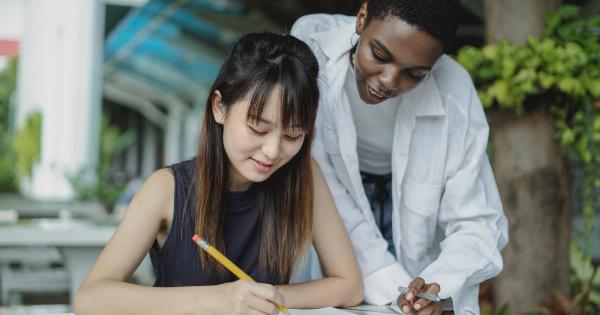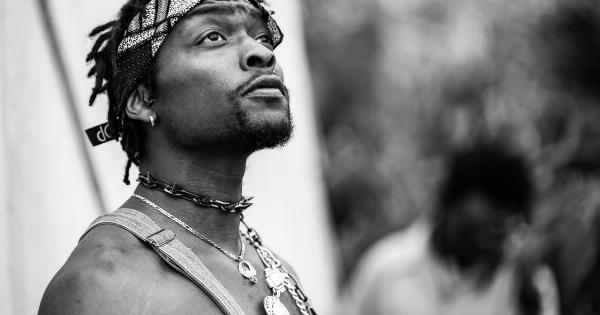Varicose veins are a common condition that affects nearly 30% of the adult population. They are swollen and twisted veins that usually appear on the legs, but they can also occur in other parts of the body.
They may not look like a big deal, but they can cause serious health problems if left untreated. In this article, we will discuss the dangers of untreated varicose veins, their symptoms, causes, and treatment options.
What are varicose veins?
Veins are the blood vessels that carry blood from different parts of the body back to the heart. They have valves that prevent the blood from flowing back down.
When these valves become weak, blood starts to pool in the veins, causing them to swell and become varicose.
What are the symptoms of varicose veins?
Varicose veins may not always cause symptoms, but when they do, the most common ones include:.
- Swollen, twisted veins that are bluish-purple in color.
- Pain and discomfort in the affected area.
- Achy or heavy feeling in the legs.
- Burning or throbbing sensation.
- Itching around the affected area.
- Dry, flaky skin.
- Muscle cramps.
What causes varicose veins?
There are several factors that can increase the risk of developing varicose veins, including:.
- Age: The risk of developing varicose veins increases as you get older.
- Gender: Women are more likely than men to develop varicose veins.
- Pregnancy: Pregnancy increases the volume of blood in the body, which can put extra pressure on the veins.
- Family history: If your parents or other close family members have varicose veins, you are more likely to develop them.
- Obesity: Being overweight or obese puts extra pressure on the veins, increasing the risk of developing varicose veins.
- Sedentary lifestyle: Sitting or standing for long periods without moving can also increase the risk of developing varicose veins.
What are the dangers of untreated varicose veins?
Many people with varicose veins do not seek treatment because they think it is just a cosmetic issue. However, untreated varicose veins can cause serious health problems, including:.
1. Deep vein thrombosis (DVT)
DVT is a blood clot that forms in a deep vein, usually in the legs. If left untreated, it can travel to the lungs and cause a pulmonary embolism, which can be fatal.
2. Leg ulcers
Untreated varicose veins can cause changes in the skin around the affected area, leading to the development of leg ulcers. These are painful sores that are slow to heal and can become infected.
3. Bleeding
Varicose veins near the surface of the skin can sometimes rupture and bleed. This can be particularly dangerous in older people, as it can lead to significant blood loss.
4. Superficial thrombophlebitis
This is a condition where the veins near the surface of the skin become inflamed and painful. It can be caused by varicose veins, and while it is not usually life-threatening, it can be very painful.
What are the treatment options for varicose veins?
There are several treatment options for varicose veins, including:.
1. Compression stockings
Compression stockings are specially designed socks that apply pressure to the legs, helping to improve blood flow and reduce the symptoms of varicose veins.
2. Sclerotherapy
Sclerotherapy is a procedure where a solution is injected into the affected vein, causing it to collapse and eventually disappear.
3. Laser treatment
Laser treatment is a non-invasive procedure that uses heat to collapse the affected vein. It is often used for smaller varicose veins.
4. Surgery
In some cases, surgery may be necessary to remove the affected vein. This is usually done under general anesthesia and requires a longer recovery time than other treatments.
When should you see a doctor?
If you have varicose veins and experience any of the following symptoms, you should see a doctor immediately:.
- Chest pain or difficulty breathing.
- Bleeding from the affected area.
- A sudden increase in swelling or pain.
- Redness, swelling, or tenderness around the affected area, which may indicate an infection.
Even if you don’t experience any of these symptoms, it is still a good idea to see a doctor if your varicose veins are causing you discomfort or affecting your quality of life.




























